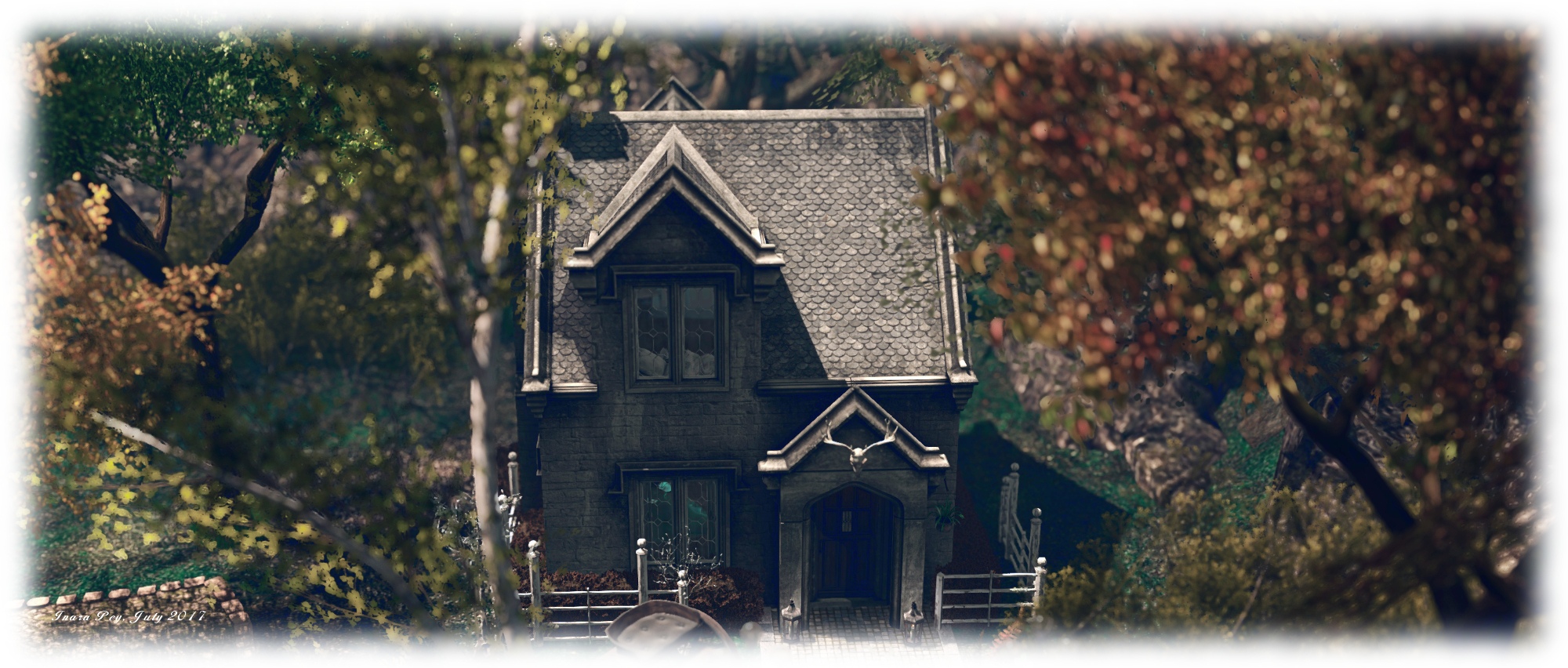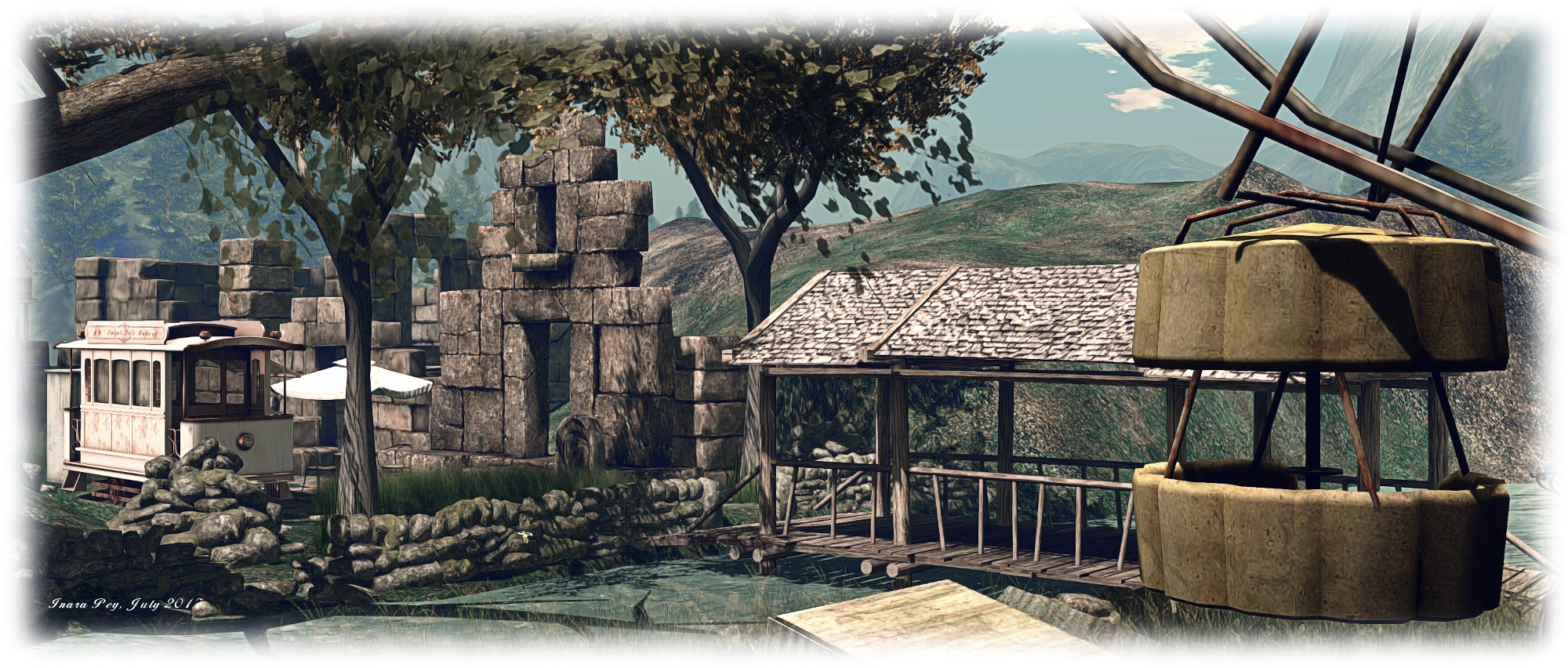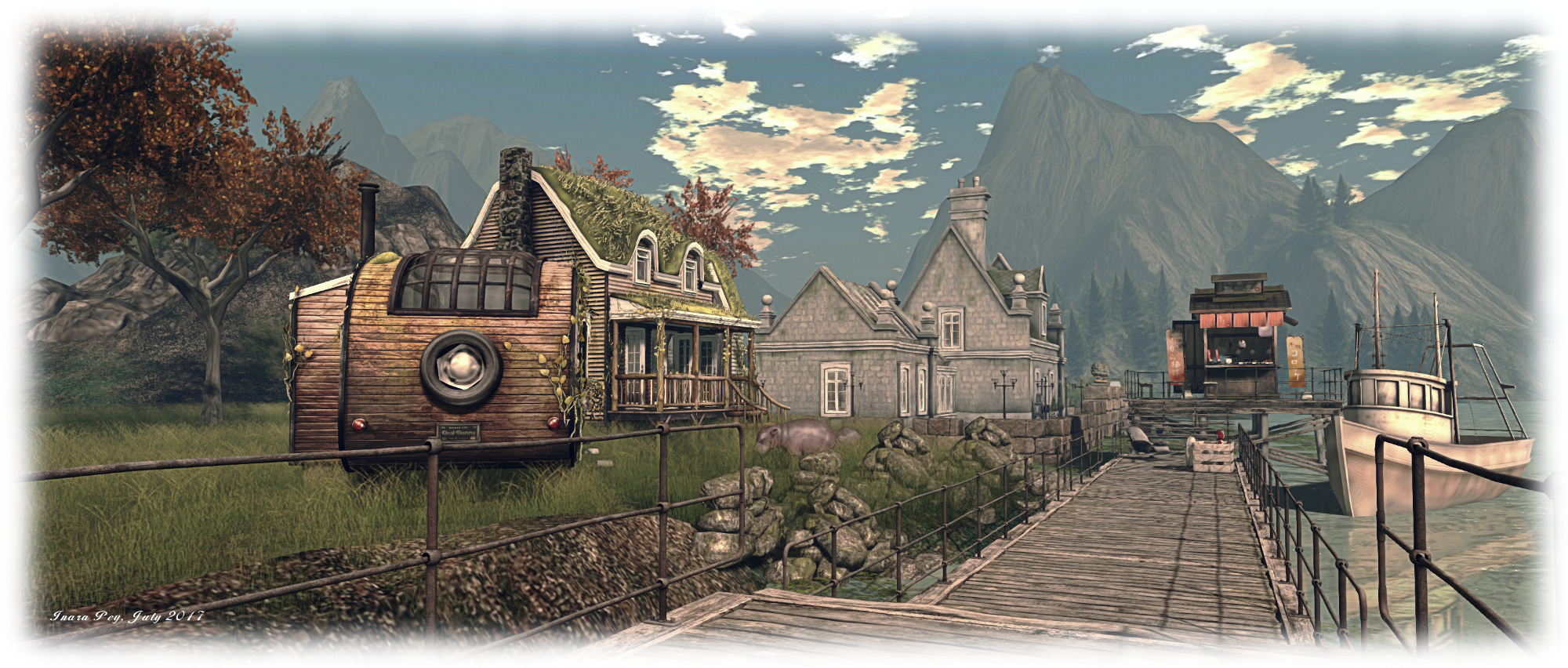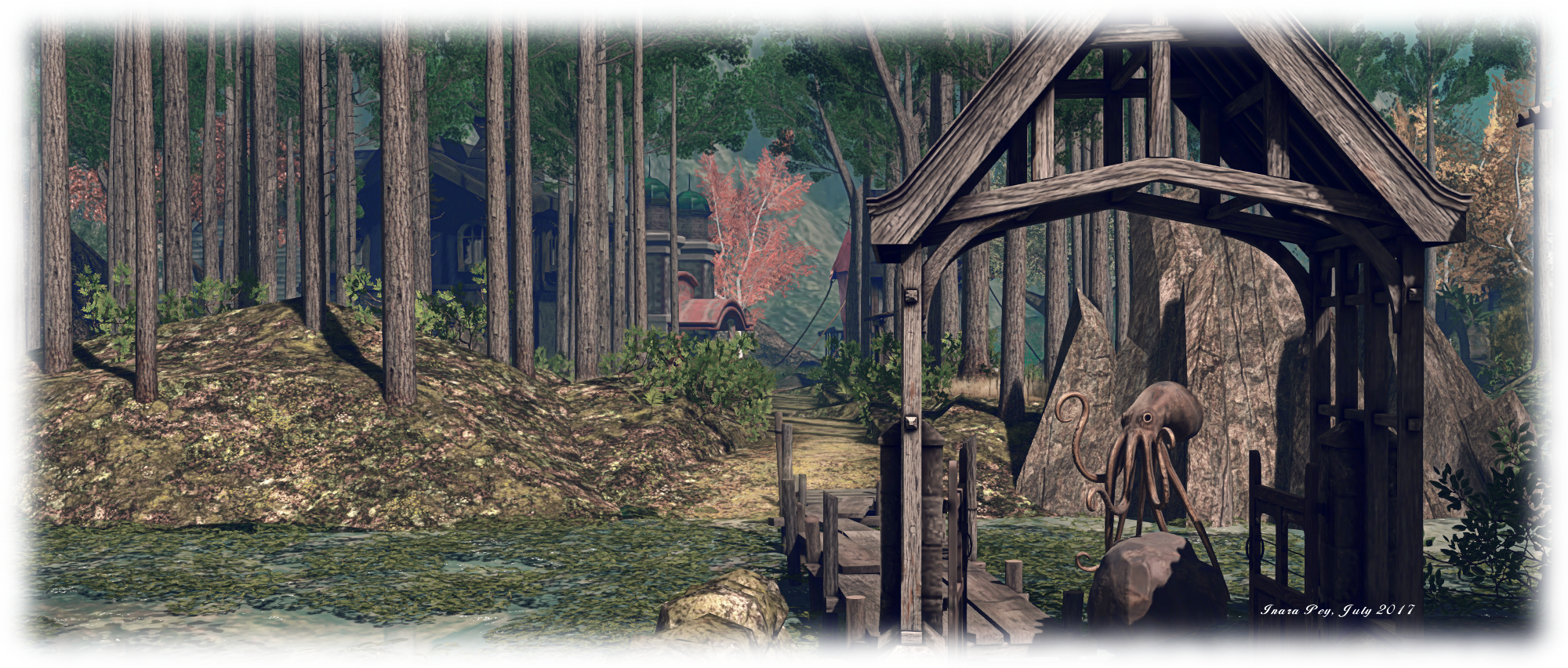
Five years ago, Google Glass leapt (literally – the product launch included a team of skydiving Glass wearers) into the public consciousness. At the time it went through a pretty rapid-fire hype cycle: from the kit everybody would want (with no clear understanding of what it was really for), to the reality of a buggy, poorly implemented system to over-hyped fears of privacy invasion and a slew of resultant bannings of the hardware from all manner of places.
So rapid was the rise and fall of Google’s premature launch into the world of augmented reality (from arrival to apparent death in three years) that many in the media wrote it off as the butt of jokes and pointed to it as a reason why AR and VR could well be fads.
Only, as Google revealed on Tuesday, July 18th, and as superbly reported on in depth by Steven Levy for Wired’s, Backchannel, Google Glass never actually died. Google just did the sensible thing – admitted they’d got their original vision for the product wrong, quietly turned the page on Glass as a consumer product and focused on developing the technology into something people actually wanted, and were themselves working to create using Glass.
These “people” were companies in the manufacturing and service sectors who had seen the potential for the headset system and had started buying units and developing software to use with them. Companies like General Electric, GE Aviation, Volkswagen, Boeing, DHL, agricultural equipment manufacturer AECO (featured in the Wired piece) and healthcare system provider Augmedix all got involved with Google Glass. What’s more, Google noticed, and started re-aligning the headset’s development. Hence why in January 2015, the consumer version of the headset was brought to an end with the comment posted the Glass website: “Thanks for exploring with us”— The journey doesn’t end here.”

Alphabet X, the R&D arm of Google’s parent company, Alphabet, took over the development of Glass, working closely with the companies putting it to work. Although based on the 2013 Google Glass Explorer Edition chassis, the new Glass Enterprise Edition (“Google” has been entirely dropped from the name) is an almost new headset, featuring:
- Improved electronics – camera (complete with a red recording light to let others know when the camera in being used), wifi, processor.
- Improved battery life and recharging.
- A removable”Glass Pod” containing all the system’s electronics, which can be mounted on safety glasses, allowing Glass to be used in environments where eye protection is required, or used with prescription glasses.
In his piece, Steven Levy dives into some of the areas where Glass is already being used to great effect by several of the organisations mentioned above, and the list of blue-collar and service environments where Glass is being used is interesting and diverse, offering a glimpse of the potential for AR.
Augmedix, for example has been pioneering the use of Glass with a number of healthcare organisations to help improve doctor / patient interactions. The headset is use to access medical data and help keep the doctor away from a computer screen, allowing them to decrease the amount of time per consultation they are spending working on a computer whilst increasing the amount of face-to-face direct interaction with patients. Further, thanks to the use of an unseen “scribe” – a medical student or trained medical transcriber – who might be down the hall, in another state or even in another country, the doctor can dictate updates to the patient’s records, provide information on prescriptions, etc., removing the 2-3 hours a day they otherwise need to spend managing the records on their own – again allowing more time to be spent with those in their care.
The other point to note here is that this is not the announcement of some beta programme; it’s the launch of an actual product by Alphabet. “This isn’t an experiment,” Jay Kothari, Glass Project Lead, said. “It was an experiment three years ago. Now we are in full-on production with our customers and with our partners.” Not bad for a product written off as dead just 24 months ago.
The announcement also means that the companies that have helped developed the software etc., to run alongside of Glass – as with Augmedix – are now free to roll Glass out as they need, and to start marketing their products developed to work alongside Glass. Google also have plans of their own to further extend Glass’ reach as an enterprise tool – although they remain silent as to whether the consumer product will be resurrected.
The announcement about Glass points to 2017 as possibly being the year in which AR / MR starts on its rise to practical prominence. It joins Microsoft’s HoloLens as an enterprise tool, while Windows 10 offers a platform for MR development (and Microsoft are working with hardware manufacturers to provide consumer focused headsets). Elsewhere, Qualcomm – as I recently reported – is leading the charge with Android-based enterprise and consumer AR / MR headsets. It’ll be interesting to see where all the leads, both in the work place and – in time – at home.




